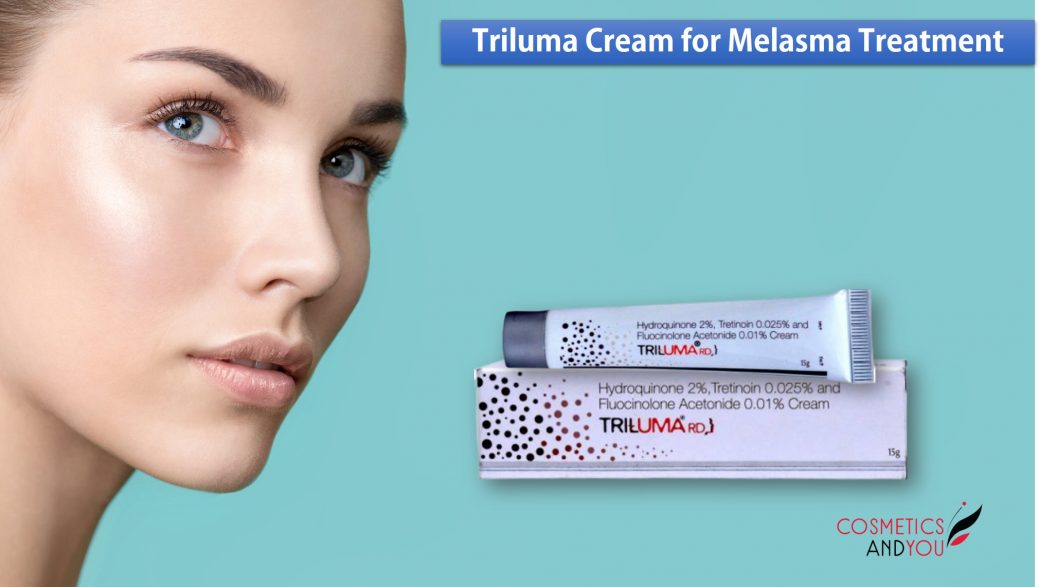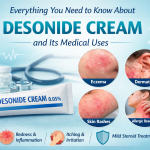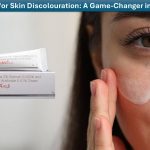Tri-Luma cream helps many people with discolouration and pigmentation disorders, such as melasma. If you also want to eliminate dark spots/patches on your skin, you can check for Tri-Luma.
This blog covers detailed information about Triluma and its uses. Let’s delve into the world of Tri-Luma, explore its mechanism of action, and learn about its role in relieving melasma.
What’s Tri-Luma cream all about?
Tri-Luma cream is a popular topical medication used mainly to treat melasma, a common skin condition characterised by dark, discoloured patches. Melasma is often caused by prolonged sun exposure, hormonal changes (e.g., pregnancy, use of birth control pills), and a genetic predisposition. The cream is available by prescription and is considered one of the most effective treatments for melasma when used properly under a medical professional’s guidance. It is also used for treating post-inflammatory hyperpigmentation, such as dark marks left by acne or injuries. It is also effective in treating sunspots or age spots. It helps in minimising uneven skin tone.
It is a combination therapy that incorporates three active components: Hydroquinone, Tretinoin, and Fluocinolone acetonide, each serving a unique purpose to combat pigmentation and promote an even skin tone.
What are the key ingredients?
Tri-Luma contains three powerful active ingredients that make the formulation work:
- Hydroquinone (4%) – It is a skin-lightening agent that functions by stopping the activity of the enzyme tyrosinase, which is necessary for melanin production. By reducing melanin synthesis, hydroquinone helps fade dark spots and hyperpigmentation. It helps in lightening pigmented areas to match the surrounding skin tone.
- Tretinoin (0.05%) – It is derived from vitamin A, which increases skin cell turnover. It loses its effectiveness at exfoliating the skin and removing dead skin cells, thereby enhancing the penetration of hydroquinone. This helps improve texture, reduce wrinkles, and promote a more even skin tone.
- Fluocinolone Acetonide (0.01%) – It’s a mild corticosteroid that minimises inflammation and irritation. It counters the side effects commonly associated with hydroquinone and tretinoin, such as redness and peeling. It calms the skin, reduces redness and swelling.
How does Tri-Luma cream work?
The combination of the three ingredients mentioned above makes this cream highly effective for treating melasma. They work in the following way:
- Hydroquinone targets pigment production, lightening dark patches.
- Tretinoin speeds up cell turnover, helping the skin shed discoloured cells faster and allowing better absorption of hydroquinone.
- Fluocinolone reduces inflammation that can occur with hydroquinone and tretinoin, improving tolerability and reducing side effects. The synergy of these ingredients allows Tri-Luma to provide a comprehensive treatment for melasma and other pigmentation disorders.
Application methods of Tri-Luma cream
Using Tri-Luma properly is important for safety and effectiveness.
- Rinse your face thoroughly with a mild cleanser and pat it dry.
- Squeeze out a pea-sized amount of cream and apply it to the affected areas once daily at night, or as directed by your dermatologist.
- Do not apply near eyes, mouth, nostrils or broken, or sunburned skin.
- Use a broad-spectrum sunscreen every morning, as skin becomes more sensitive to UV radiation.
- Follow your dermatologist’s instructions for the treatment duration, typically not exceeding 8-12 weeks without reassessment.
- Please do not exceed the recommended dosage, and avoid using it in combination with other strong skincare products unless advised by a healthcare professional.
What happens when you discontinue the treatment with Triluma?
The effect of Tri-Luma on skin pigmentation is reversible. If you discontinue using the topical product, the melanocyte cells affected by the formulation begin to resume normal activity, causing the marks and dark patches to reappear. Long-term use can increase the risk of side effects, which is why dermatologists usually recommend daily application for 3 to 6 months, followed by regular maintenance use. The maintenance period, which involves using hydroquinone 2 to 4 days a week, has been shown to preserve the treatment results for up to six months after stopping the medication.
Potential side effects of Triluma
Like any other medication, Tri-Luma can also show some side effects, especially in the initial weeks of treatment. Common side effects include redness, dryness, peeling, a burning or stinging sensation, and mild irritation. There are some serious side effects, such as severe skin thinning, acne flare-ups, stretch marks with prolonged use, and allergic reactions. If you experience any serious side effects or if your side effects persist for a long time, don’t hesitate to contact your dermatologist.
What are the necessary precautions to be taken?
- Pregnancy and breastfeeding – Tri-Luma cream is not meant for use during pregnancy due to potential risks associated with its active ingredients. Discuss with your doctor the alternatives.
- Sun exposure – Avoid prolonged sun exposure. Always wear sunscreen and protective clothing.
- Use caution if you have eczema, rosacea, or very sensitive skin.
- Avoid using skincare products that may dry your skin. These may include products containing alcohol, astringents, or exfoliants, unless advised otherwise.
- Skin treated with triple combination cream may be more prone to heat and cold than untreated skin. Your dermatologist may recommend ways to manage melasma under such conditions.
- Do not use other topical or oral medications with Tri-Luma cream unless you have consulted your dermatologist.
- Store at room temperature away from direct sunrays and heat.
- Keep the cap tightly closed when not in use.
- Keep out of reach of children.
Final thought!
For people with melasma, Tri-Luma appears as a shining beacon of hope. The clinically proven ingredients can help you embark on a journey to clear, more radiant skin than ever. However, the role the user plays is more than just applying the cream; it is equally important. Their role is to receive sun protection, diligently follow medical guidance, and use mild skincare products. To learn more about Triluma cream, contact a dermatologist.





